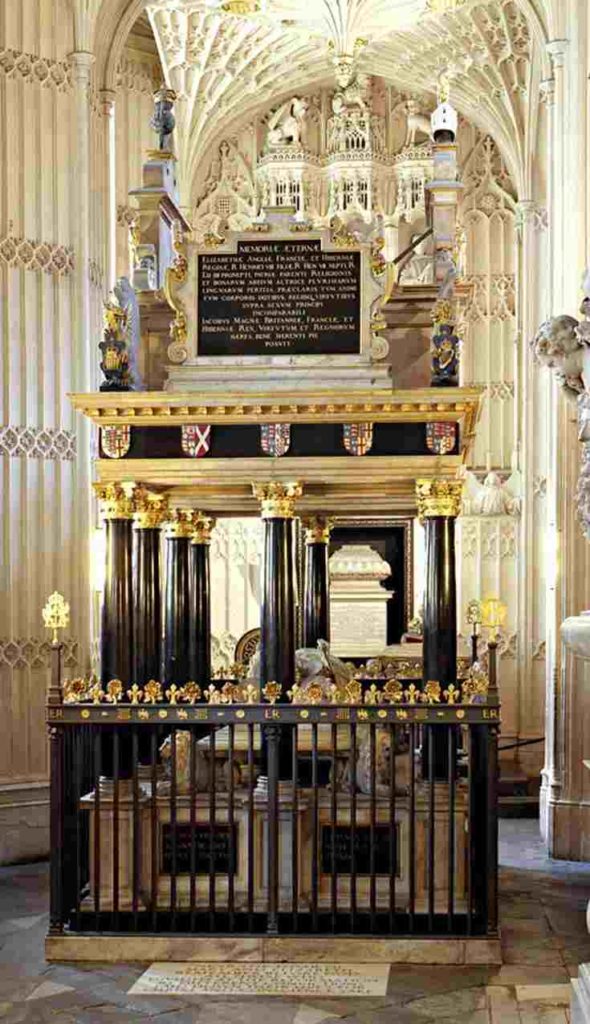Queen Elizabeth I (1533-1603) is one of the most famous and powerful rulers in history. Ruling over England and Ireland, and the self-proclaimed ruler of France, from 17 November 1558 to her death on 24 March 1603, Queen Elizabeth’s reign was considered the Golden Ages. Elizabeth brought art and splendor to the monarchy after tumultuous years of religious conflict. Although known for peace, her reign did not come without bloodshed. In 1587, Elizabeth had her cousin Mary, Queen of Scots, executed after a supposed plot against Elizabeth’s life. Elizabeth was also a powerful military leader with her forces defeating the Spanish Armada in 1558. The military victory secured England’s might. A powerful ruler, Queen Elizabeth is now most famous for never marrying. Although there was intense pressure for Elizabeth to produce an heir, she refused marriage, stylizing herself as the Virgin Queen.

Elizabeth grew up having her title and rank taken from her. When she was born, she was a princess, heir to the throne. Yet her status changed when her father, Henry VIII, famous for his six wives, beheaded her mother Anne Boleyn. With her mother’s execution when she was a toddler, Elizabeth went from the heir to an illegitimate child. An ominous start to her life, Elizabeth I, once again became the heir to the throne, becoming one of the longest reigning monarchs in England. As a young girl, she also faced scandalous advances from Thomas Seymour, Katherine Parr’s husband (Katherine was King Henry VIII’s last wife). By all accounts, her childhood did not tend to a happy picture of marriage.
Elizabeth ascended to the throne after her half-sister Mary’s death in 1558. Her rule switched the religion of the country. In his reign, their father, Henry VIII renounced Catholicism. He became the head of the Church of England, consolidating church property under the crown and creating new doctrine. In her rule, Elizabeth was focused on peace, promoting Protestantism while accepting Catholicism. One of the churches that experienced the religious switch was Westminster Abbey.
Westminster Abbey was first a site of a Benedictine monastery in the 10thcentury. During the 11thcentury Edward I started building Westminster Abbey. It has gone through many phases of construction and destruction during the last thousand years, but the gothic style seen today was built by Henry III in the 13thcentury. Westminster Abbey has been the site of coronation for the monarchs of England, including Elizabeth I’s coronation on 15 January 1559. Elizabeth is considered the foundress of the Collegiate Church of St Peter, the modern-day, formal title for Westminster Abbey. After the switch from Catholicism with Mary to Protestantism with Elizabeth, Westminster Abbey fell under the Crown’s rule. Today, the UNESCO World Heritage Site is a Collegiate Church. It is without the jurisdiction of an archbishop and has the Sovereign as a visitor. Not only was it the site of Elizabeth’s coronation, but it is her final resting place. Elizabeth’s tomb is in the Henry VII Chapel. After her death, James I built her a tomb. She rests with her half-sister Mary I. Although divided by religion in life, these powerful queens will forever be remembered in Westminster Abbey.
-Rebekah Mills, Junior Girl
